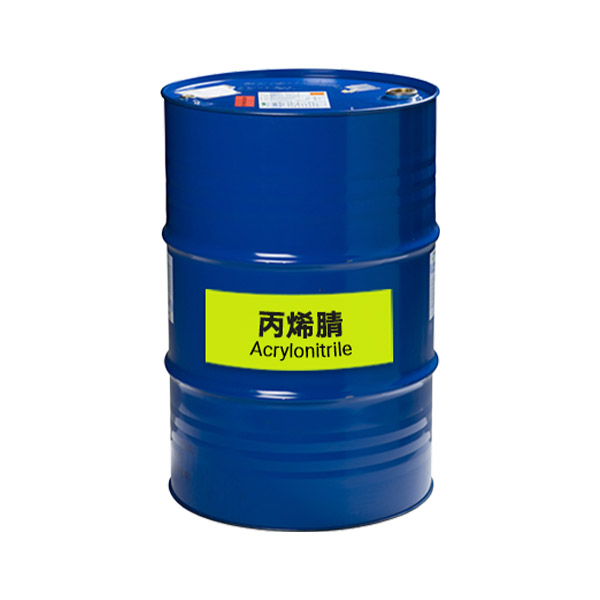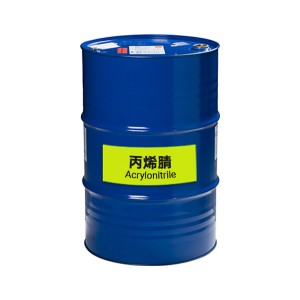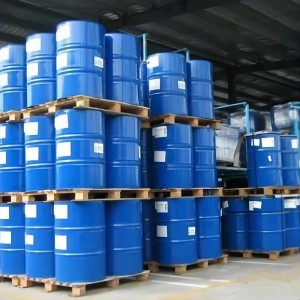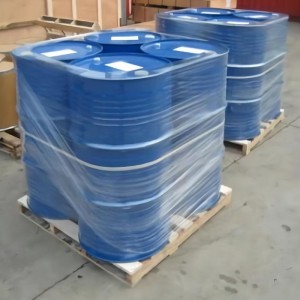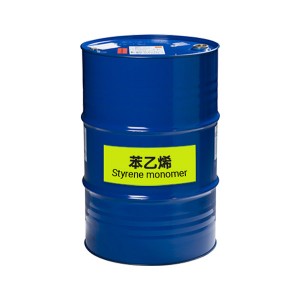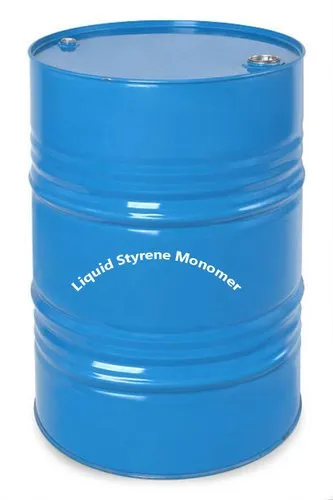
Nā huahana
Ka nānā ʻana o ka mākeke Acrylonitrile
Ka nānā ʻana o ka mākeke Acrylonitrile,
Acrylonitrile No ka ABS Resins, Acrylonitrile No NBR, Acrylonitrile No SAN, ʻO Acrylonitrile No nā Rubber Synthetic, SAR Mea Maka,
Nā hiʻohiʻona huahana
| inoa mea kūʻai | Acrylonitrile |
| Inoa ʻē aʻe | 2-Propenenitrile, Acrylonitrile |
| ʻĀpana Molekala | C3H3N |
| CAS No | 107-13-1 |
| EINECS No | 203-466-5 |
| UN NO | 1093 |
| Hs Code | 292610000 |
| Kaumaha molekula | 53.1 g/mol |
| ʻO ka mānoanoa | 0.81 g/cm3 ma 25 ℃ |
| Lae paila | 77.3 ℃ |
| Lae hehee | -82 ℃ |
| Pumi mahu | 100 torr ma 23 ℃ |
| Solubility Hiki ke hoʻoheheʻe ʻia i ka isopropanol, ethanol, etera, acetone, a me benzene Hoʻololi kumu | 1 ppm = 2.17 mg/m3 ma 25 ℃ |
| Maemae | 99.5% |
| Ka nana aku | ʻO ka wai ʻākala kala ʻole |
| Palapala noi | Hoʻohana ʻia i ka hana ʻana o polyacrylonitrile, nitrile rubber, dyes, synthetic resins |
Palapala hōʻoia
| Hoao | 'ikamu | Ka hopena maʻamau |
| Ka nana aku | ʻO ka wai ʻākala kala ʻole | |
| Kala APHA Pt-Co :≤ | 5 | 5 |
| ʻakika(acetic acid)mg/kg ≤ | 20 | 5 |
| PH(5% hoʻonā wai) | 6.0-8.0 | 6.8 |
| Waiwai titration (5% solution wai ) ≤ | 2 | 0.1 |
| Wai | 0.2-0.45 | 0.37 |
| Waiwai Aldehydes(acetaldehyde)(mg/kg) ≤ | 30 | 1 |
| Waiwai Cyanogens (HCN) ≤ | 5 | 2 |
| Peroxide(hydrogen peroxide)(mg/kg) ≤ | 0.2 | 0.16 |
| Fe (mg/kg) ≤ | 0.1 | 0.02 |
| Cu (mg/kg) ≤ | 0.1 | 0.01 |
| Acrolein (mg/kg) ≤ | 10 | 2 |
| Acetone ≤ | 80 | 8 |
| Acetonitrile (mg/kg) ≤ | 150 | 5 |
| Propionitrile (mg/kg) ≤ | 100 | 2 |
| Oxazole (mg/kg) ≤ | 200 | 7 |
| Methylacrylonitrile (mg/kg) ≤ | 300 | 62 |
| Maʻiʻo Acrylonitrile(mg/kg) ≥ | 99.5 | 99.7 |
| Ka pae paila (ma 0.10133MPa), ℃ | 74.5-79.0 | 75.8-77.1 |
| ʻO ka mea paʻi polimerization (mg/kg) | 35-45 | 38 |
| Ka hopena | Kūlike nā hopena me ke kūlana ʻoihana | |
Pūʻolo a me ka lawe ʻana
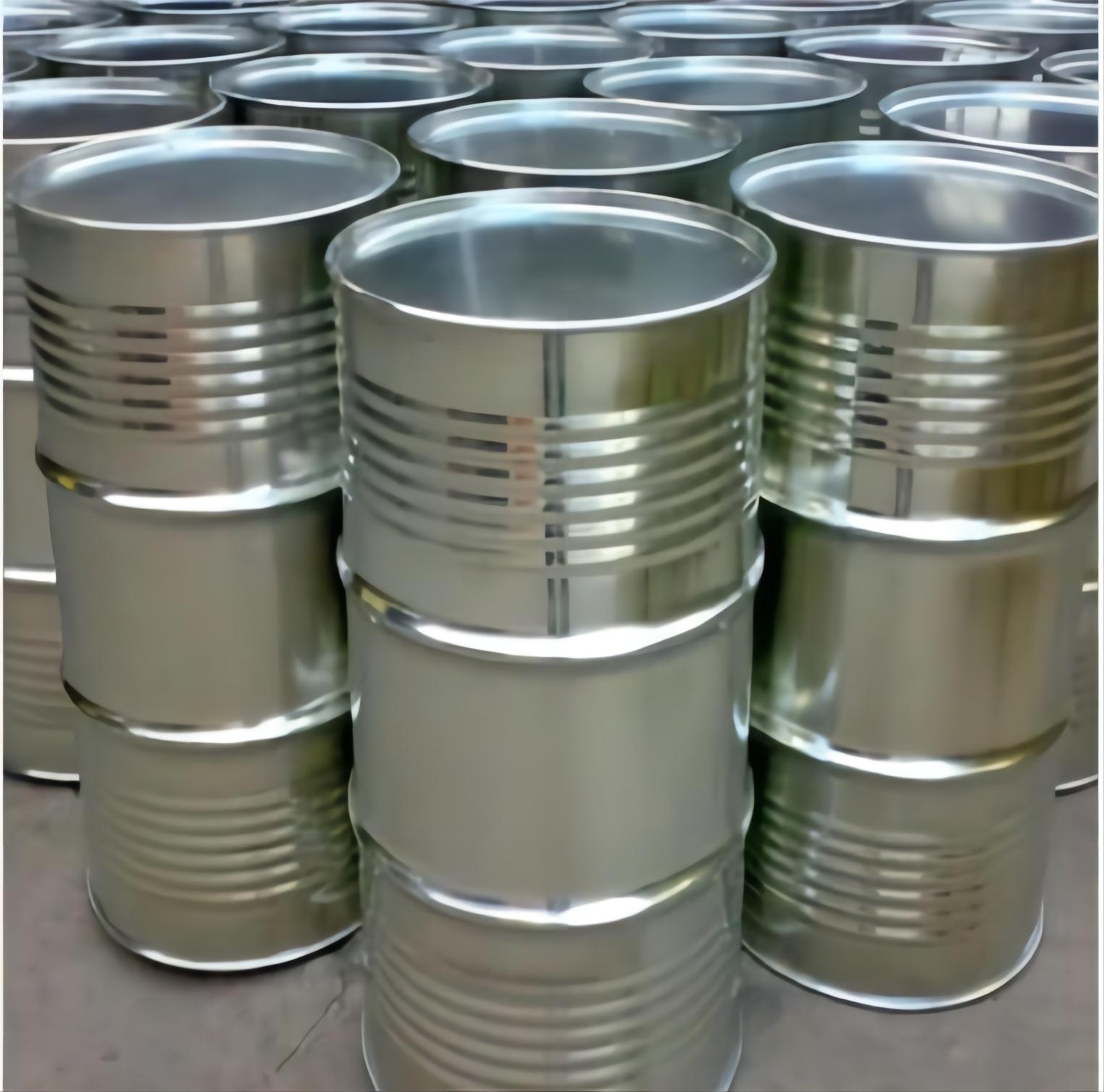
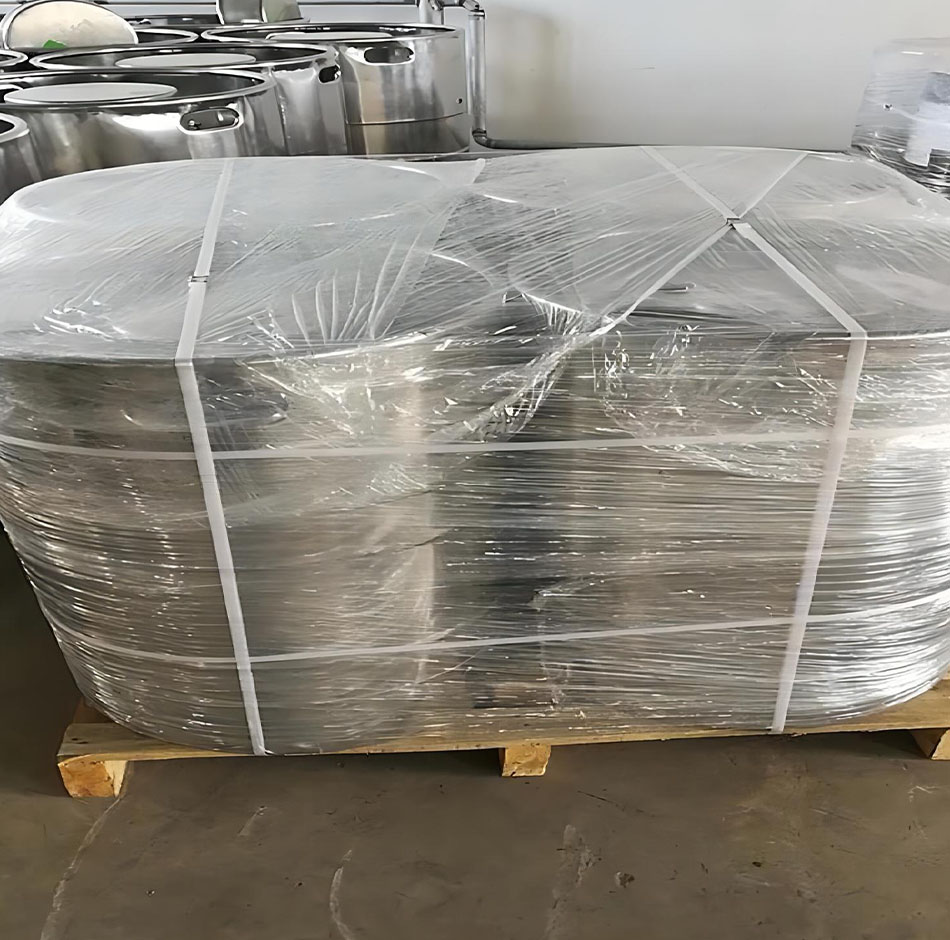
Hoʻohana Huahana
Hoʻokumu ʻia ka Acrylonitrile e ka propylene ammoxidation, kahi e hoʻopili ʻia ai ka propylene, ammonia, a me ka ea e ka catalyst i kahi moena wai.Hoʻohana nui ʻia ka Acrylonitrile ma ke ʻano he co-monomer i ka hana ʻana i nā fibers acrylic a me modacrylic.Hoʻohana ʻia ka hana ʻana o nā plastics, nā uhi ʻili, nā elastomers nitrile, nā pale pale, a me nā mea hoʻopili.ʻO ia hoʻi kahi mea waena kemika i ka synthesis o nā antioxidants like ʻole, nā lāʻau lapaʻau, nā mea ʻulaʻula, a me ka surface-active.
1. ʻO Acrylonitrile i hana ʻia me ka polyacrylonitrile fiber, ʻo ia hoʻi ka fiber acrylic.
2. Hiki ke copolymerized ka Acrylonitrile a me ka butadiene e hana i ka nitrile rubber.
3. Acrylonitrile, butadiene, styrene copolymerized e hoʻomākaukau i ka resin ABS.
4. Hiki i ka Acrylonitrile hydrolysis ke hana i ka acrylamide, ka waikawa acrylic a me kāna esters.
ʻO ka Acrylonitrile he wai waihoʻoluʻu ʻole, akaka, a ʻākala i hana ʻia e ka hopena o ka ammonia, ea, a me propylene i mua o kahi catalyst wela kiʻekiʻe.Hoʻohana ʻia ka Acrylonitrile i nā kinikona like ʻole e like me ka acrylonitrile butadiene styrene (ABS), nā fibers acrylic, styrene-acrylonitrile resins (SAR), nitrile rubber, a me nā fiber carbon, a me nā mea ʻē aʻe.
Wahi a Researcher, manaʻo ʻia ka mākeke Global Acrylonitrile e ʻike i kahi ulu ulu ulu i ka wā wānana.ʻO nā kumu nui e pili ana i ka ulu ʻana o ka mākeke Acrylonitrile honua e hoʻonui nei i ka noi mai ka ʻoihana automotive.ʻO ka hoʻonui ʻia ʻana o ka hoʻohana ʻana i ka plastik i ka uila, i hui pū ʻia me ka ulu ʻana o ka ʻoihana uila a me ka uila, e hoʻonui hou i ka ulu o ka mākeke.
Kuhi ʻia ka ʻāina ʻo ʻAsia-Pākīpika ʻo ia ka māhele mākeke nui loa no Acrylonitrile.ʻO ka hoʻonui ʻana i ka noi no nā kaʻa, nā mea pono hale, nā uila a me nā hāmeʻa uila, a me ka hoʻomohala ʻana i ka hoʻokele waiwai ma India a me Kina ke kumu o kēia mau wahi.
I ka ʻōlelo o ka hoʻokaʻawale ʻana e ka ʻoihana mea hoʻohana hope, ʻo ka mākeke Acrylonitrile honua i hoʻomalu ʻia e ka ʻoihana automotive.Hoʻohana ʻia ʻo Acrylonitrile butadiene styrene (ABS) i nā noi kaʻa he nui, e like me nā ʻāpana dashboard, nā panela mea kani, nā pani puka a me nā lima, a me nā ʻāpana kāʻei noho.ʻO ka hoʻonui ʻana i ka hoʻohana ʻana i nā plastics i nā kaʻa e hōʻemi i ke kaumaha o ke kaʻa i mea e hōʻemi ai i ka hoʻokuʻu ʻana o ke kalapona a hoʻomaikaʻi i ka pono o ka kaʻa e koi ai i ka ABS i ka ʻoihana automotive a, no laila, Acrylonitrile.
I ka ʻōlelo o ka māhele ʻana e ka noi, ʻo Acrylonitrile butadiene styrene (ABS) ka ʻāpana me ka māhele mākeke nui loa i ka mākeke Acrylonitrile.ʻO kāna mau waiwai i makemake ʻia, e like me ka ikaika a me ka lōʻihi i nā haʻahaʻa haʻahaʻa, ke kūʻē ʻana i nā kemika, ka wela, a me ka hopena, loaʻa ka noi i nā mea kūʻai aku, uila a me nā uila, a me nā ʻoihana kaʻa.
Hoʻohui ʻia ka mākeke Global Acrylonitrile.Ua ʻike ʻia nā hui nui ma ka mākeke ʻo INEOS, Ascend Performance Materials, Asahi Kasei Corporation, Mitsubishi Chemical Corporation, Sumitomo Chemical Co., Ltd, a me Sinopec Group, a me nā mea ʻē aʻe.
Hāʻawi ka Global Acrylonitrile Market i ka ʻike hohonu i ka mākeke Acrylonitrile i kēia manawa a me ka wā e hiki mai ana ma nā wahi like ʻole.Hoʻopili piha ka noiʻi ʻana i ka mākeke Acrylonitrile ma ka hoʻokaʻawale ʻana e pili ana i ka Application (Acrylic Fiber, Acrylonitrile Butadiene Styrene (ABS), Polyacrylamide (PAM), Nitrile Butadiene Rubber (NBR) a me nā noi ʻē aʻe), nā ʻoihana hoʻohana hope (Automotive, Electrical and Electronics, Kūkulu, Packaging, a me nā mea ʻē aʻe) a me Geography (ʻAmelika ʻĀkau, Asia-Pacific, ʻAmelika Hema, ʻEulopa, a me Middle-East a me ʻApelika).Ke nānā nei ka hōʻike i nā mea hoʻokele mākeke a me nā kaohi a me ka hopena o Covid-19 i ka ulu ʻana o ka mākeke.Hoʻopili ka haʻawina a loaʻa i nā ʻano mākeke e kū mai ana, nā hoʻomohala, nā manawa kūpono, a me nā pilikia i ka ʻoihana.Ua noiʻi nui ʻia kēia hōʻike i nā ʻāpana ʻāina hoʻokūkū me nā ʻaoʻao o nā ʻoihana nui, me kā lākou mau mākeke a me nā papahana.

